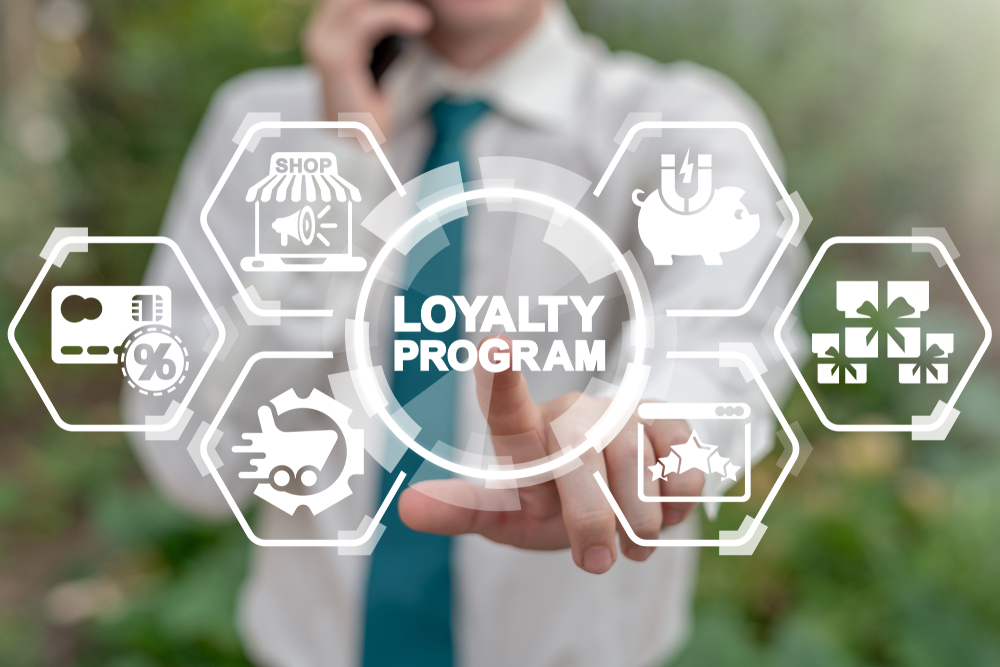
The tourism industry loyalty programs market is poised to reach a valuation of USD24 Bn in 2022. Sales are projected to increase at a 9.20% CAGR, with the market size reaching USD73.6 Bn by 2032. Social media platforms are being used to advertise more and more about the Loyalty Programs in the Tourism Sector Market after the covid-19 pandemic.
The personalization of gifts, vouchers to old consumers, discounts, personalized tour plans is helping to grow the Loyalty Programs in the Tourism Sector Market. When a tour company does this they retain their old customers and therefore, it helps them gain more consumers. “The loyalty programs in the tourism sector market is expanding because of the rising digital presence of the companies “- Says an FMI analyst.
Key Takeaways
On the basis of program types most preferred to be availed by the loyal customers is the tiered program. It gives various discounts, personalized gifts etc. and hence has attracted more consumers to the market. The online booking segment is the most used channel for loyalty program in the tourism sector because of the rise in digital marketing.
Tour groups are the ones who usually want to book the loyalty programs in the travel industry. This is because they mostly get loyalty points on each and everything they explore in a particular region/ state or country. The age group of 26-35 years are usually the consumers of this market. It is because this age group are always travelling and hence receive a lot of loyalty points which they further redeem for travelling.
Impact of COVID-19 on the tourism industry loyalty programs market
The Covid-19 pandemic and the lockdown had a positive and negative impacts on each and every industry. Likewise, the loyalty programs in the tourism sector market had positive and negative impacts.
The negative impacts where that a reluctance to travel due to restrictions on borders, travel passports and testing. Therefore, ‘staycations’ may become the more popular and appealing option this in turn is brilliant for the likes of ‘local’ or domestic hotels and travel providers.
Staying local and creating innovative content promoting the benefits of exploring ‘unknown, known’ areas, will pique interest making previously uninspiring destinations more inspiring. With local destinations being top of the list, this can provide opportunity and benefit multiple industries as a result: train and rail travel, petrol stations due to increase in leisure driving, hire car companies and small businesses as the country opens small stores, pubs and restaurants.
The post-pandemic period will bring forth a new, revised approach to how hospitality and tourist businesses engage with customers and build loyalty. Customers have reviewed their travel demands as a result of the pandemic’s effects. Customer loyalty is “up for grabs” after the pandemic as loyalty programs and points expire, travel opportunities are drastically reduced due to travel corridors (therefore making it harder to accrue points), and businesses that have closed have left a gap in their former customers’ lists of preferred brands.
By examining current loyalty programs and marketing tactics, it will be important to reach these committed prospects. The importance of a loyalty programs will be reinforced and validated to new consumers who are looking for a “new favorite” by promoting perks to your existing customers and values to new customers.
Who is winning?
Leading players of the loyalty programs in the tourism sector market are focusing on improving their digital presence and also trying ways to make their old customers to stick with them by providing personalized offers, discounts etc.
Major players present in the loyalty programs in the tourism sector market are Thompson Hotels, Hotel Tonight, The Hertz Corporation, National Car Rental, Travelex Limited ABN, Zinrelo, Flight Centre, Delta airlines, Virgin Experience Days, The Drake, The Savoy, Wonderful Union and Others among others.


Comments are closed.